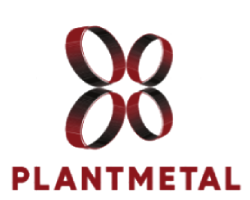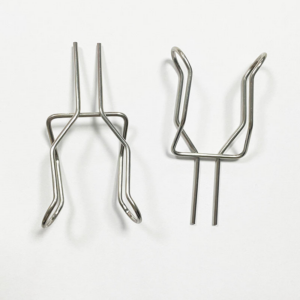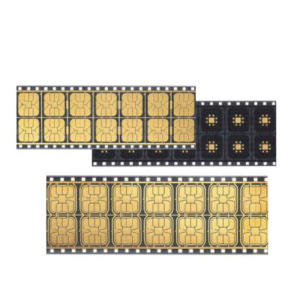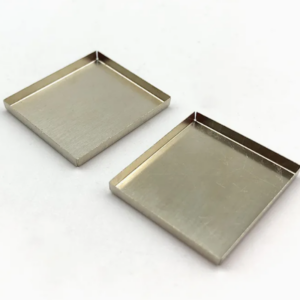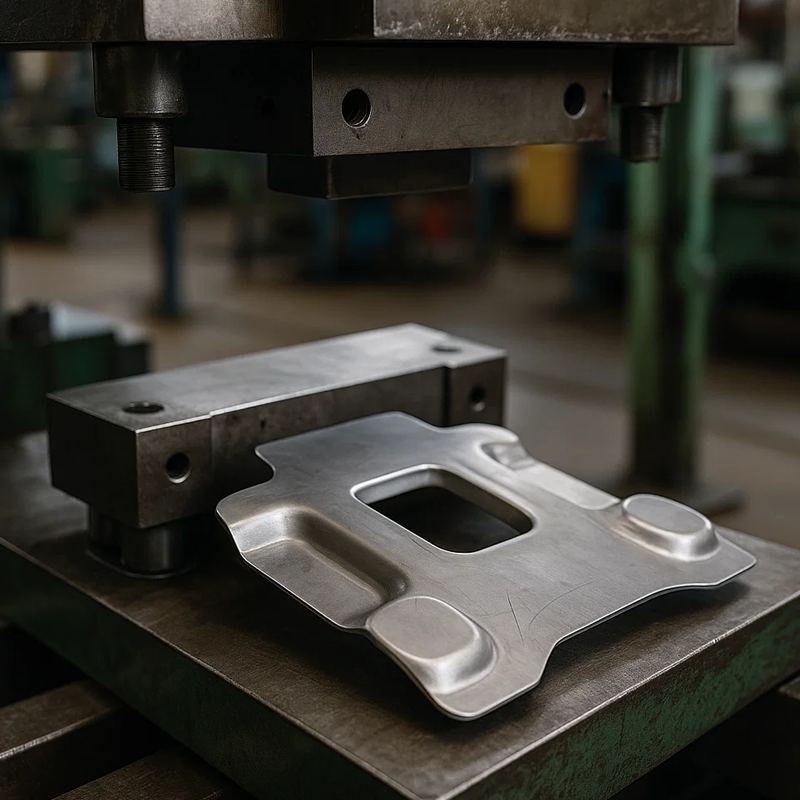When you’re evaluating materials for your next manufacturing project, titanium is likely to catch your attention due to its superior qualities. It’s known for its incredible strength-to-weight ratio, excellent corrosion resistance, and versatility across industries like aerospace, medical, and defense. However, the high price tag often leads to hesitation. Is titanium truly worth the investment, or is it just an expensive option with limited advantages?
At Plantmetal, we work with a variety of materials, and we’ve seen firsthand how titanium’s unique properties can bring significant long-term value, even though its initial cost is higher than alternatives like steel or aluminum. In this blog, we’ll take a detailed look at why titanium might be the right choice for your project, how its cost compares to other materials, and how to determine if it’s the right investment for your needs.
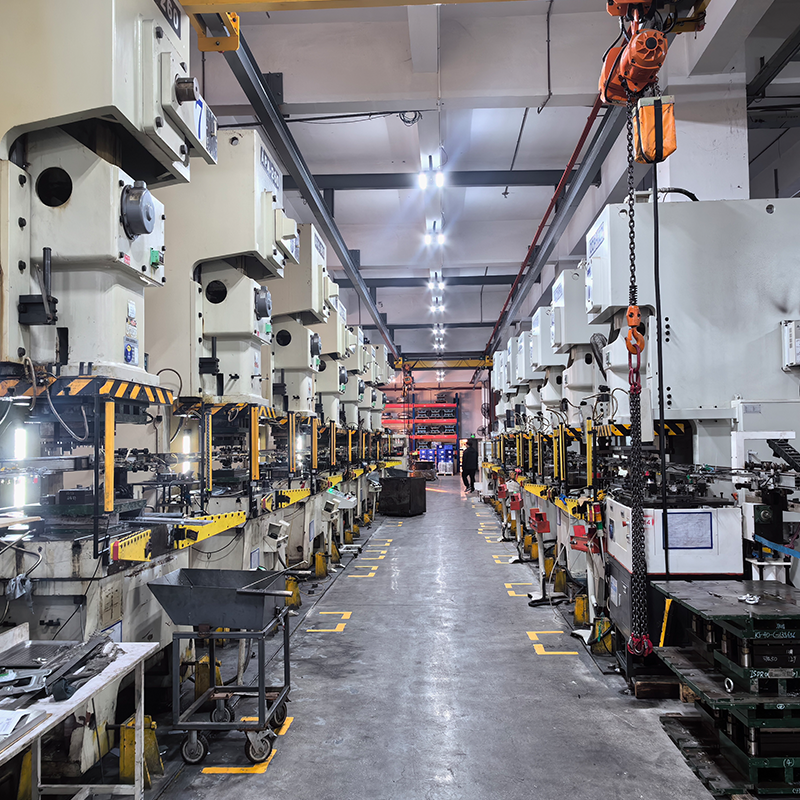
Is Titanium Expensive to Manufacture?
It’s no secret that titanium is one of the more costly metals to manufacture. But why exactly is it so expensive?
Titanium’s high manufacturing costs stem from several factors. It is notoriously difficult to machine due to its high strength, low thermal conductivity, and tendency to react with cutting tools at high temperatures. These challenges require specialized equipment, slow processing speeds, and precise handling, all of which increase production time and cost.
At Plantmetal, we understand the intricacies of machining titanium. Our team uses advanced techniques and specialized tooling to manage the material’s unique properties effectively. For example, when machining titanium, heat tends to concentrate around the cutting point, which can cause rapid tool wear. Unlike other metals like aluminum, which dissipate heat quickly, titanium’s high strength and low thermal conductivity require us to use slower speeds, high-pressure coolant, and specific tool coatings. This results in higher tool replacement costs and longer production times.
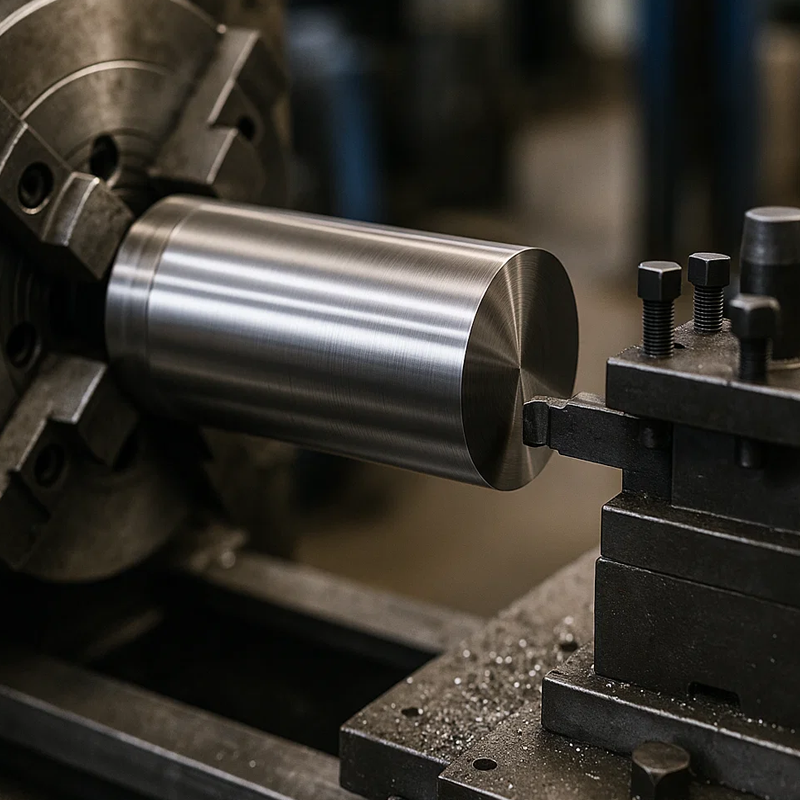
Here are a few key challenges titanium presents in manufacturing:
| Challenge | Impact on Manufacturing |
|---|---|
| Low Thermal Conductivity | Heat concentrates at the cutting point, causing rapid tool wear. |
| High Strength | Requires more power and slower cutting speeds, increasing machining time. |
| Chemical Reactivity | Titanium can gall or weld to cutting tools, adding complexity. |
| Work Hardening | The material becomes harder as it is cut, making further machining difficult. |
Despite these challenges, Plantmetal has developed optimized processes to ensure efficient titanium machining. We leverage our expertise to minimize waste, reduce downtime, and ultimately lower production costs, ensuring that the end product meets the highest standards of quality.
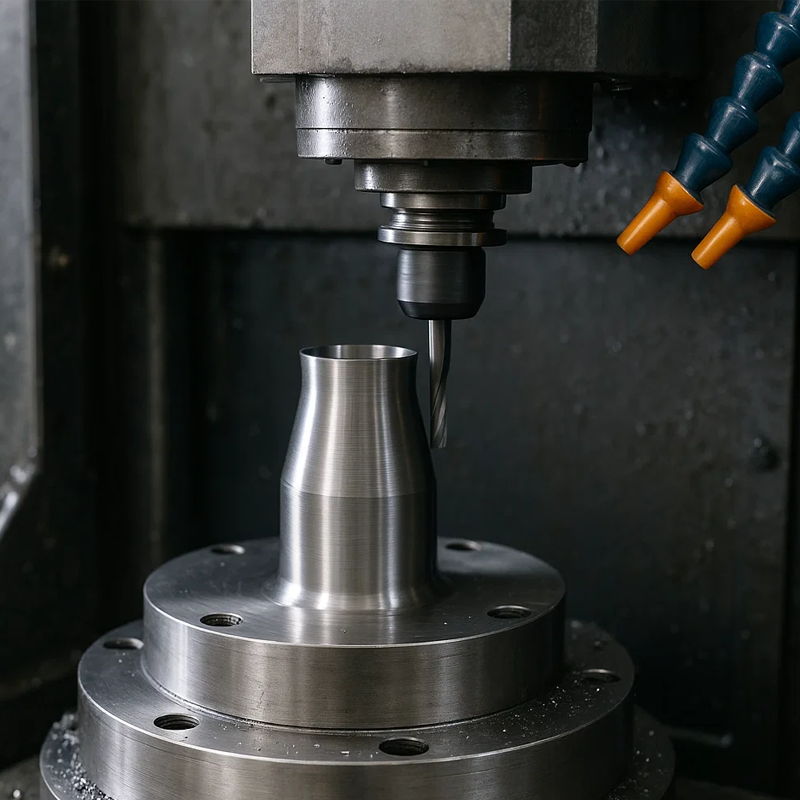
Is Titanium Cost-Effective in the Long Run?
While the upfront cost of titanium may be high, its long-term value can often make it the most cost-effective choice for certain applications. When you consider the material’s longevity, corrosion resistance, and durability, titanium’s higher initial cost can be offset over time.
Think about a medical device that uses titanium. While the initial investment may be more than an alternative material like stainless steel, titanium’s biocompatibility ensures that the device has a much lower risk of rejection by the body. This significantly reduces the need for costly follow-up surgeries or replacements. Over the product’s lifespan, the initial cost savings from choosing a less expensive material quickly fade, especially when considering the added medical costs and patient complications associated with inferior materials.
In industries like aerospace, the durability and performance benefits of titanium are especially valuable. For example, using titanium in aircraft components reduces weight, which in turn improves fuel efficiency. Over the lifespan of an aircraft, these savings can be substantial, making the higher upfront cost a wise investment.
At Plantmetal, we guide clients through this decision-making process, ensuring they understand that the total cost of ownership—factoring in maintenance, longevity, and efficiency—often outweighs the initial price tag.
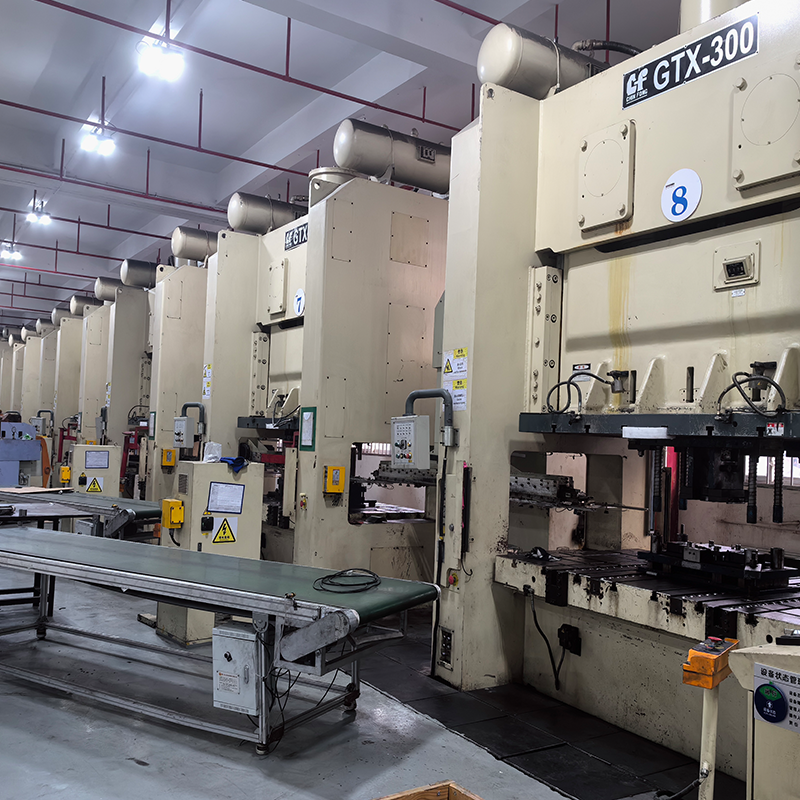
Is Titanium Worth the Money?
When it comes to high-performance applications, titanium is often more than just a material choice; it’s an investment in reliability. For industries like aerospace, defense, and medical, where performance is crucial, titanium offers a combination of strength, lightweight properties, and resistance to corrosion that no other material can match.
For example, in the aerospace industry, reducing weight is key to improving fuel efficiency. The strength-to-weight ratio of titanium makes it an ideal choice for critical components like turbine blades and airframes. Although titanium parts cost more initially, they help reduce operating costs over the long term, making them the smarter choice in the grand scheme of things.
In the medical industry, titanium’s biocompatibility makes it invaluable for implants, prosthetics, and surgical instruments. Unlike other metals, titanium doesn’t corrode or react with the body’s tissues, ensuring a much longer lifespan for implants and reducing the need for replacements. For patients and healthcare providers, this results in fewer surgeries, faster recovery times, and significantly lower overall healthcare costs.
For high-performance motorsports or military applications, titanium’s durability in extreme conditions ensures that critical parts perform reliably when every second counts. The longevity and reliability that titanium offers are often priceless in these high-stakes environments.
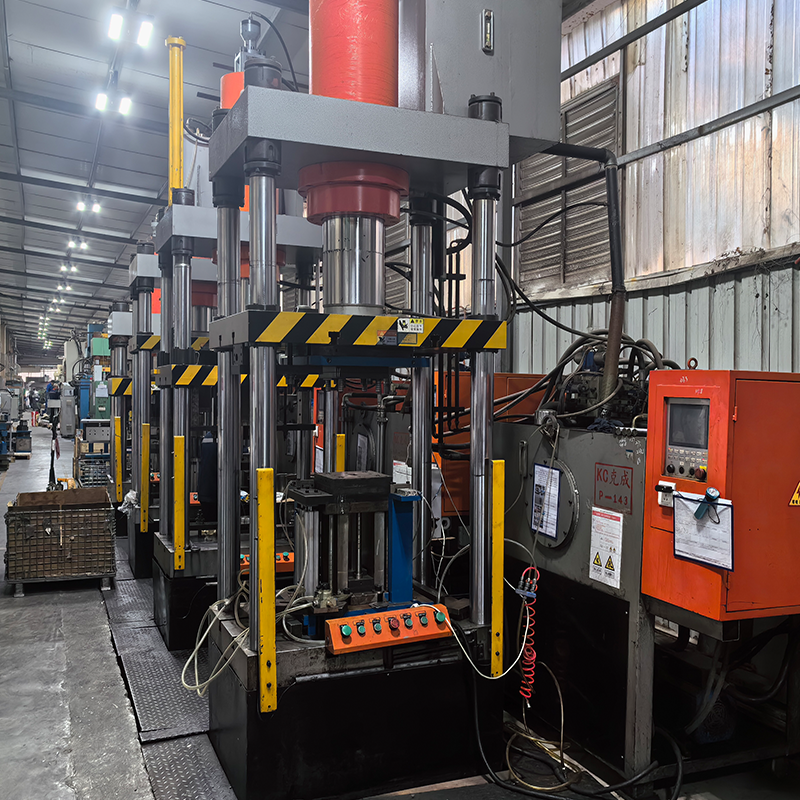
What Makes Titanium a Costly Metal?
You may be wondering what specifically makes titanium so expensive compared to other metals. The answer lies in the production process and its unique characteristics.
Titanium is derived from titanium ore using the Kroll Process, which is energy-intensive, time-consuming, and expensive. This method is slow and produces small batches, leading to higher raw material costs. Once refined, titanium must be processed in specialized furnaces to prevent contamination, adding additional expenses.
Here’s a breakdown of the main cost drivers for titanium:
| Cost Factor | Reason |
|---|---|
| Raw Material Extraction | The Kroll Process is complex, slow, and requires significant energy. |
| Primary Processing | Titanium needs to be melted in vacuum or inert gas environments, requiring specialized equipment. |
| Machining Difficulty | High strength, low thermal conductivity, and reactivity with tools drive up machining costs. |
| Lower Global Demand | Titanium is produced in smaller quantities than more common metals like aluminum and steel. |
The high costs associated with titanium production and machining are reflected in its price, which ultimately makes it more expensive than alternatives like aluminum or steel. However, these costs are offset by the long-term benefits, including the material’s unparalleled performance and durability.
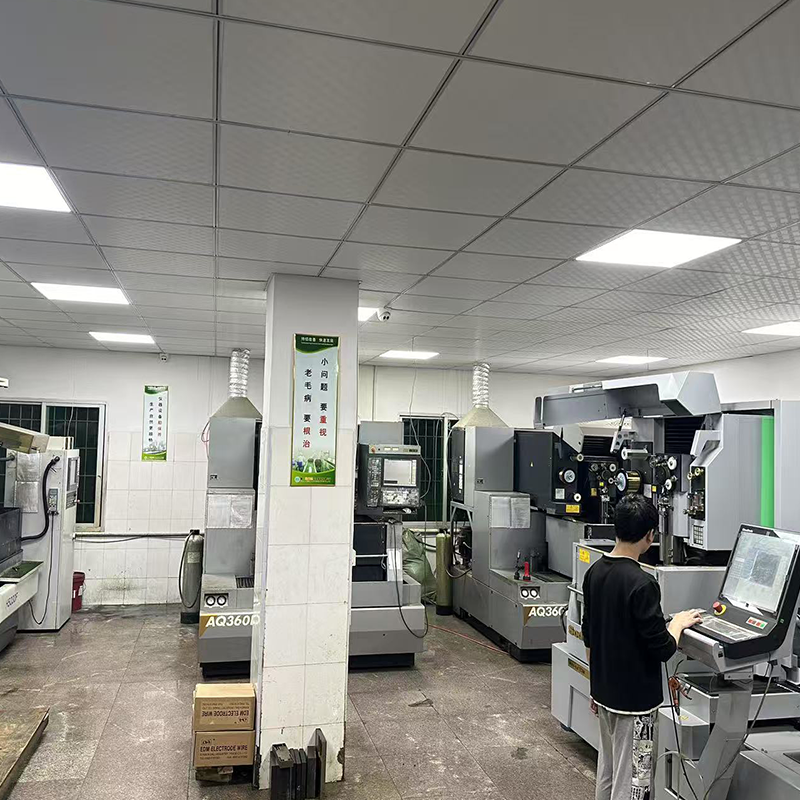
Conclusion: Is Titanium the Right Choice for Your Project?
Titanium’s high upfront cost is undeniably a factor to consider, but it is crucial to look beyond the initial price tag and assess the material’s total value over time. At Plantmetal, we specialize in working with titanium and understand the complexities of its manufacturing process. We help our clients make informed decisions by evaluating their specific needs, performance requirements, and long-term goals.
When performance, reliability, and longevity are at the forefront of your project, titanium often proves to be the best investment. Whether you’re working on aerospace components, medical devices, or high-performance equipment, titanium’s unique properties deliver undeniable value that other materials simply cannot match.
Are you ready to explore how titanium can benefit your next project? Plantmetal is here to help. Contact us today, and let’s discuss how we can leverage titanium’s exceptional properties to bring your ideas to life with precision and reliability.
